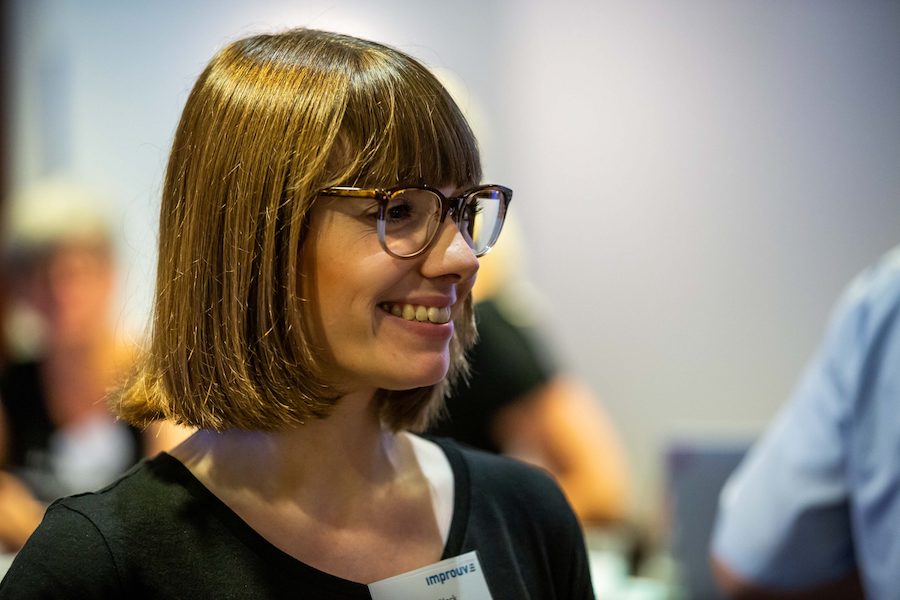Overview
Client: IT-Dienstleister
Methods: Scrum, Kanban,
Year: 2018/19
Branch: Finances, Software
We helped a large IT service provider (financial sector) in Germany to establish transparency, communication and self-organisation within a department, thus ensuring delivery and adaptability. These form the basis for the development of forward-looking innovations and high-performance data centres.
A project area of one of the largest financial IT service providers in the German market wants to achieve a sustainable improvement in delivery capability and continue to drive change independently after the start of agile transformation.

We created a new way of collaboration and advanced product development within a department of our client. We found several starting points and got them rolling with small steps. This enables the department to react quickly to market changes and to remain capable of delivery even under changing conditions. As a result, our customer presents itself successfully on the market with the creation of customized IT solutions and the development of innovative technologies, even in turbulent times.






In November 2018, about 35 employees were working on various requirements in the project area. The project management and all those involved lacked an overall view. Silos had formed, there were waiting times and little coordination among the project staff, unclear dependencies and blockers. This resulted in a very high coordination effort for the project management in distributing tasks and monitoring the project goal. Our mission was to create transparency about the progress of the projects, to increase the speed of implementation and to achieve more security regarding the ability to deliver.
Based on the objectives, we first created a task board to increase transparency. In addition, we established a stand-up three times a week to intensify communication between the project staff. These two structural changes to their daily work routine were very well received by the team, so that the first successes were quickly achieved.
From this point on in the project, the real exploration of new things began: the second measure was to form a cross-functional team as an experiment that could autonomously implement a requirement. This team started working with user stories for the first time and also conducted stand-ups, plannings and retrospectives.
After the team had worked very successfully with this, a step followed that was as courageous as it was influential: the entire project team decided in spring 2019 that they all wanted to work in cross-functional teams in the future.
In order to create the conditions for sustainable development, in addition to the transformation of the overall project, we have trained volunteer project members in coaching skills and methodological knowledge.
Throughout the transformation, we also coached the project management and the executive on their issues and challenges.
Be open to experimentation. The venture is worth it, keep the risk manageable.
Even in a slow-changing environment, cross-functional teams can generate high value.
Even in a highly regulated context, there is individual room for manoeuvre and opportunities for change.

Our offer is as individual as your task. Talk to us, we listen. We take the time to understand your situation. Holistically. Without obligation. Promise.
Arrange a consultation today.
Case study of a SAFe implementation that led to a shared product vision and team spirit.
A blog post about authentic leadership and leadership in the 21st century.


Artikel wurde in den Warenkorb gelegt.